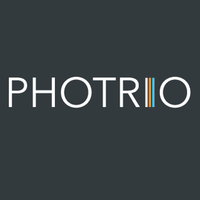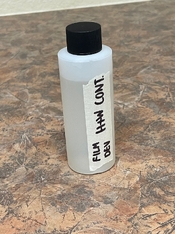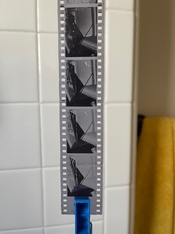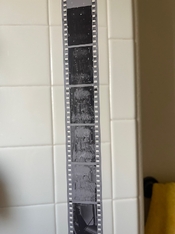The formula of H&W Control with glycol posted by me uses propylene glycol in accordance with best practice established for many years. Dissent from such best practice is a novelty.
Considering the wide scope of photographic knowledge and experience on a public forum (granted, getting more and more weighted towards the experienced), and considering the educational and historical value of the information here, such 'best practices' are always best to be considered and be brought forward.
I managed a university darkroom for students and having easily 50 to 60 new students every quarter who had never been in a darkroom before (assuming 15 to 25 of them might have wandered into one in high school or had parents with darkrooms). I really did not need one more toxic chemical around when non-toxic equals exist. We went through a lot of Photo-flo.
The PhotoFlo-200 uses the non-toxic form, but the PhotoFlo-600 uses (or used) the toxic form. It would have been more convienent for me, but we did not need that in our small busy film development space. So I bought a gallon of PhotoFlo-2100, which uses the same glycol as the 200. Interesting stuff to work with! I made it work for us, but I certainly do not recommend it's use on a small scale. I have been retired for over a decade but if I was still working there, I'd probably still would be on that original bottle (perhaps an exaggeration...)
I use Kodak Professional Copy Film and have some Tech Pan also. So far I have had good luck with the copy film in low contrast landscape situations. Much trickier to control with high contrast scenes -- and it is easy to get a response in the higher values that do not 'match' well visually with lower values. By which I mean that for me, the total response to the light in the scene by the Copy Film and its development, no longer matches the feel of the light that I want.
While I looking for negatives of very high contrast, I am interested in your results.






